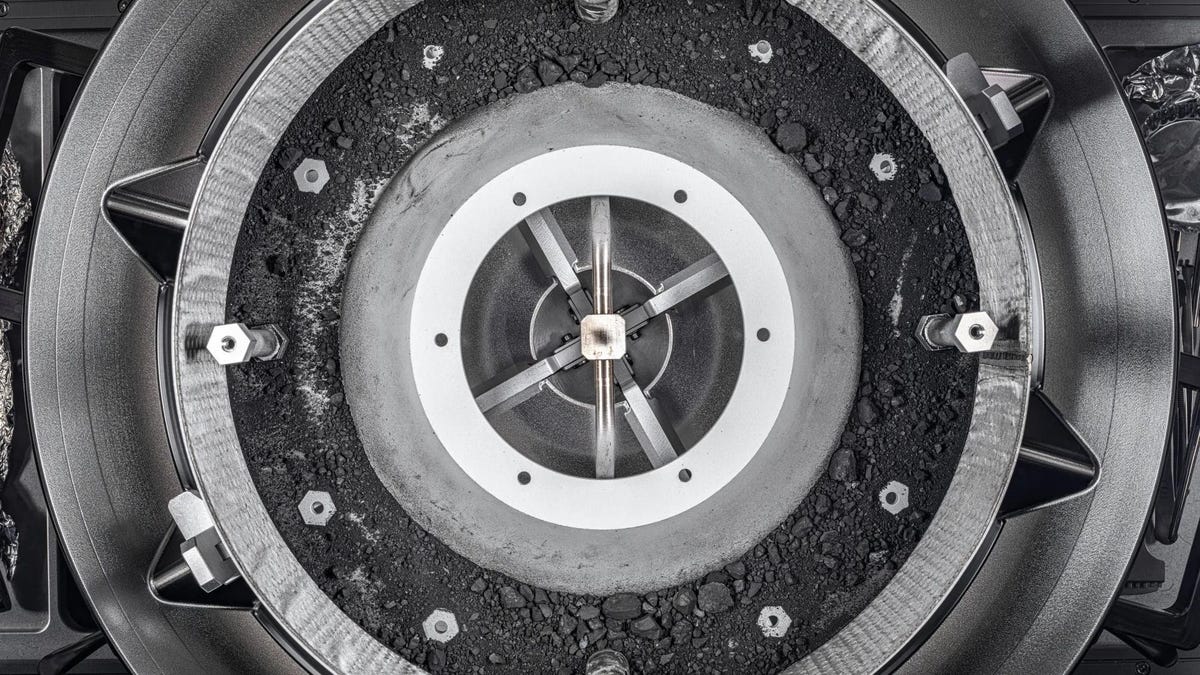After facing challenges for months, NASA managed to open the Bennu asteroid sample container in January. This revealed the large amounts of asteroid collected by the OSIRIS-REx spacecraft. A top member of the mission now suggests that the distant space rock may have originated from a planetesimal, a building block of a planet, which might have once belonged to an ocean world.
Dante Lauretta, a planetary scientist at the University of Arizona and principal investigator on the OSIRIS-REx mission, believes that the Bennu asteroid may have been an ancient ocean world, although he has pointed out that this is highly speculative. This hypothesis is based on the high levels of phosphates found in the Bennu samples, which are significant as phosphorus is a key building block of life and has been found in the subsurface oceans of Enceladus, an icy moon of Saturn. Given that water is essential for life as we know it, missions are focused on exploring these ocean worlds in the search for extraterrestrial life.
OSIRIS-REx was launched in September 2016 and reached Bennu, a 4.5-billion-year-old asteroid, in December 2018. The spacecraft traveled about 200 million miles to reach Bennu, which is a carbon-rich relic from the formation of the solar system. In September 2023, the spacecraft returned to Earth carrying about 250 grams of asteroid sample, along with an additional 70 grams of bonus material found outside of the sample container. The samples are highly prized by researchers as they have not been contaminated by Earth’s atmosphere, unlike meteorites that are heated and transformed during their fall to Earth, making it difficult to trace them back to their sources in space.
The Bennu samples hold the potential to provide insights into the formation of the solar system and the emergence of life from the cosmos. Michael Wong, an astrobiologist at Carnegie Science, described Bennu as “a fossil snapshot of some of the most primitive material in the solar system,” adding that it stopped evolving as a planetary body after a period of formation, providing valuable information on how similar ancient rocky bodies can evolve. Further analysis of the samples is expected to yield more discoveries, as scientists have only recently managed to open the sample container.
NASA’s Asteroid Samples May Be Fragments From an Ancient Ocean World














